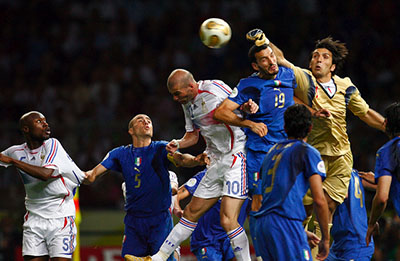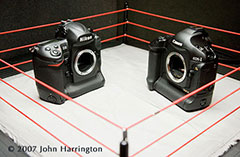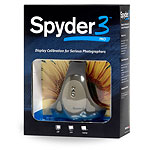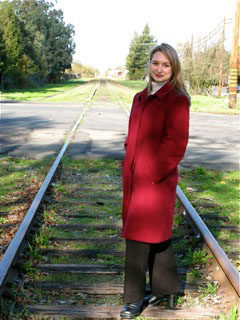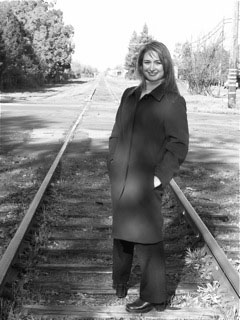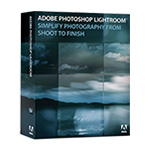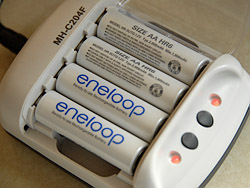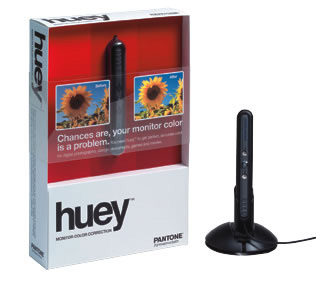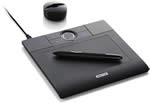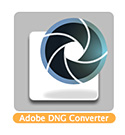
I've done some testing with DNG files to see just how much hard disc space they save compared to Raw files. I worked with 8, 10, and 12.7 megapixel images from Canon DSLRs (Rebel XT, Rebel XTi, and EOS 5D).
First thing I noticed, there are only measurable file size savings if you don't embed a Jpeg (and obviously if you don't embed the Raw file too). My original Raw file sizes were 12.1, 8.7, and 7 MBs (5D, XTi, XT) and the corresponding DNGs with Large Jpeg previews were 11, 8.7, and 7.1 MBs. Some savings, but nothing to write home about.
But if I converted the Raw files without the Jpeg previews, the file sizes were a more svelte 9.7, 7.6, and 6.1 MBs each. That's fairly good savings, especially with the Canon 5D (12.1 vs 9.7 MBs) without any quality compromise.
Here's a table that shows you the overview (from my upcoming book, Digital Photography Companion). It provides you with the Raw vs DNG comparisons, and also full size Jpegs file sizes at both high quality and normal quality.
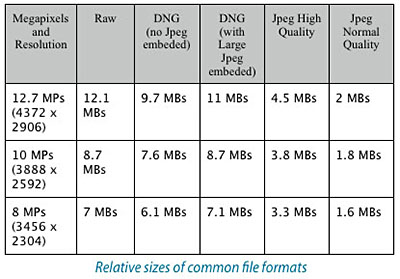
Since my workflow centers around Aperture and Lightroom, I don't really see the need to convert my Raw files to DNG. The few times I have, is when I wanted to send a high resolution file with printing instructions embedded to another photographer for output. But for most of my needs, working with the original Raw files and outputting from Aperture or Lightroom to the working format I need seems to be serving me well.
Technorati Tags: Adobe Lightroom, Aperture, digital photography, DNG, Technology, The Digital Story, Digital Photography Companion
